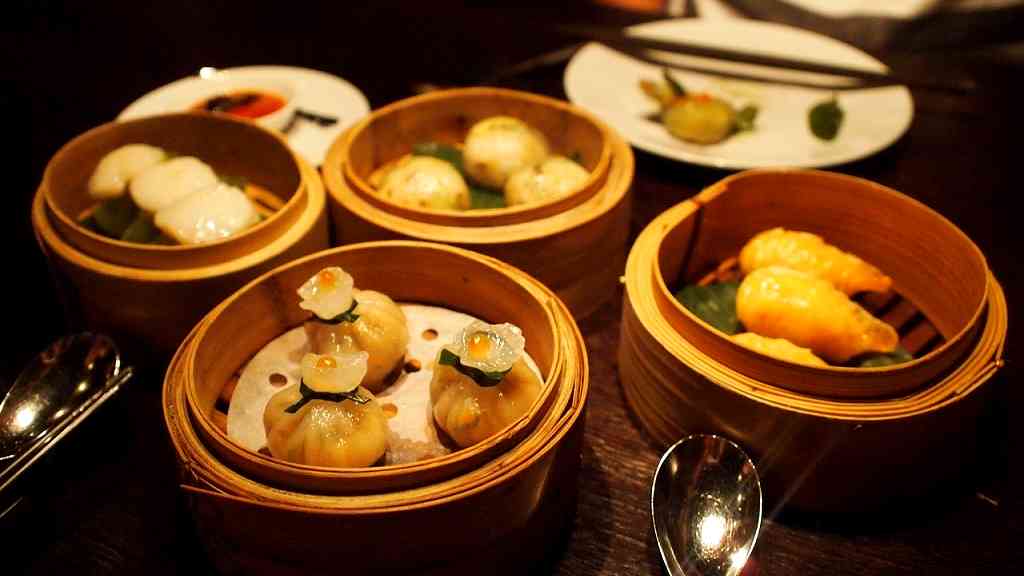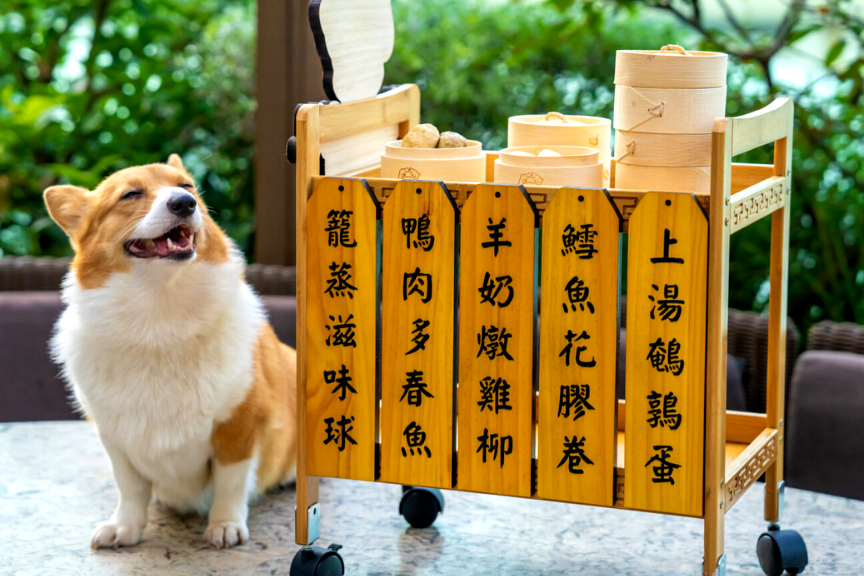Dim sum explained: Why they always come in sets of three



By Ryan General
August 3, 2023
Have you ever wondered why dim sum is typically served in sets of threes? As it turns out, this practice has roots in both practical and cultural beliefs.
A rich history: Dim sum, a Cantonese word that translates to “touch the heart” in English, dates back to the latter half of the 19th century in southern China’s Guangdong region.
Initially enjoyed in tearooms and teahouses in the port city of Guangzhou, dim sum’s popularity spread as Silk Road travelers and traders brought the dish to other regions, particularly Hong Kong.
Over time, dim sum evolved, absorbing traditions from various parts of China and resulting in a diverse array of flavors and preparations.
Culinary custom: The tradition of serving dim sum in threes aligns perfectly with the essence of this communal dish. By offering food in small, individually portioned servings, patrons are encouraged to sample a wide variety of textures and tastes. This way, everyone at the table is able to partake in an array of dishes, promoting a sense of togetherness and unity.
The reason restaurants don’t serve most dim sum dishes in sets of fours is simply to avoid any associations with bad luck. In Chinese culture, the number four is considered unlucky because it is nearly homophonous to the word “death,” while the number three is associated with life and new beginnings.
Interactive dining experience: Popular dim sum dishes encompass a variety of seafood, meat and vegetable options prepared through steaming, frying or baking. From delectable shumai with fillings of pork, shrimp and vegetables to delicate soup dumplings filled with hot broth, dim sum offers an incredible assortment of flavors.
Ordering dim sum at a traditional dim sum restaurant can be a fun and interactive experience. Servers push carts filled with stacks of steaming dumplings and plates of delectable fried dishes around the dining area. Guests can flag down the carts with the food they desire, and waiters will mark their menu cards accordingly. Modern dim sum restaurants may opt for a checklist-style menu, where guests tick off their desired dishes.
Today, dim sum continues to be cherished worldwide, and while it has adopted regional variations and fusion-inspired creations, its essence as a communal meal served in threes remains a cherished tradition.
Share this Article
Share this Article



